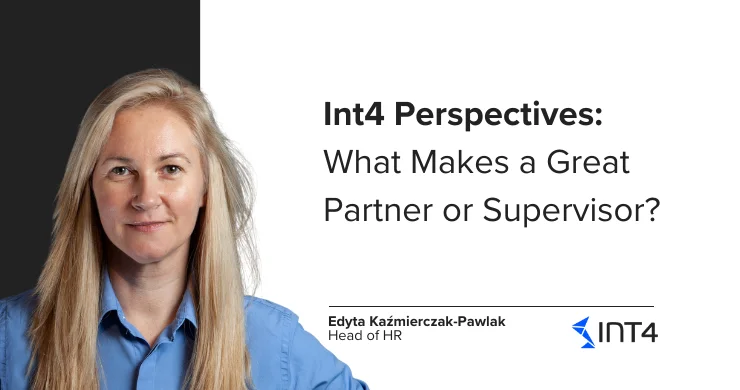SAP Process Orchestration (SAP PO) vs. SAP Application Interface Framework (SAP AIF) – General Overview
Introduction
Among SAP integration specialist and clients there is quite often a confusion about usage of tools mentioned in the topic of this article. The main reason for their confusion is the fact, that they don’t know which tool should they use and what is more important how SAP PO and SAP AIF can be combined in order to make your integration scenario more robust. Let’s start from the beginning and let me briefly introduce to you each tool.
SAP Process Orchestration
SAP Process Orchestration (PO) is an integration platform. It is the middleware between different SAP and non-SAP systems and applications. PO in an easy way allows you to design, model, implement and monitor business processes.
Thanks to SAP PI/ PO it is possible to:
-Have full visibility into your processes
-Model, execute and implement your business processes
-Monitor and handle errors of your business processes
-Work with different environments and enable routing between systems
SAP Application interface Framework ( SAP AIF)
Application interface Framework (AIF) is more like an integration add-on for your specific business applications. It allows you to implement and monitor an interface and then also handle errors in case of any troubles.
AIF, as an integration add-on has the following advantages:
- Interface development is based on customizing speeding up the implementation process
- You can use mappings, checks, actions, exceptions. All of this allows you to re-use interface components. You can define mappings, checks and actions as reusable components that can be shared between multiple interfaces
- AIF is installed on ECC, so you can have the full overview to your SAP tables, functions and other data from one place AIF is installed on ECC so it features are easier to manage to provide at the same time access to all SAP tables and functions
- It is possible to create many versions variants of specific interface
- User-friendly interface
- AIF Monitor provides flexible monitoring options
- Advanced error handling capability
SAP AIF vs SAP PO
As you see both tools share a few features, however, each of them has its specific advantages.
Combination of these two tools allows us to separate business logic from integration logic in your scenarios. This is a general recommendation for all IT landscapes with both business applications and integration platforms. In such scenario, we can put all integration logic to PI and all business logic into AIF.
For example, if you have to cope with different kinds of connectivity protocols like FTP, RFC or SOAP you should handle that in PI. Process Integration is used very often for routing messages between different environments and technical systems. Structure mapping between different message formats can be also handled by SAP PI.
On the other hand, it is good to format, validate data and perform value mappings and put all business logic in SAP AIF. For example, you can easily enrich your data with relevant information retrieved from database tables or use a standard function module to check material availability. Also, the value mapping rules can be accessed and maintained by business users and they can participate in the error handling process.
With AIF it is not possible to connect many legacy systems directly if legacy systems don’t allow to call web services. In such scenarios, we should use PI for connection with different systems and then let AIF perform all business logic.
The general rule is to have PI/PO handle the communication across the landscape with all its and take advantage of AIF to perform the business logic.
I hope, that right now you have the general overview of the purpose of Application Interface Framework and Process Orchestration. In next article, we will go through error handling and mappings in both tools. Stay tuned and follow Int4 blog!
Popular tags
ABAP int4 INT4 IFTT Int4Interview S/4HANA SAP AIF SAP CPI sap integration




